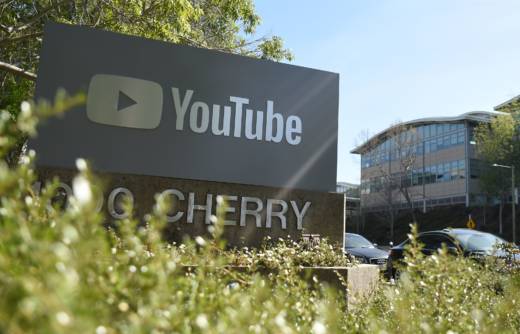Before Nasim Aghdam became the “YouTube Shooter” she was an aspiring “YouTuber.” She uploaded an eclectic collection of videos that featured her exercising, dancing and talking about animal rights. Like many of the millions of contributors to YouTube, Aghdam was trying to build a following and earn money.
Some of her videos got more than 100,000 views, and she boasted of her popularity and success on her personal website. She had crafted a whole online identity through a range of digital platforms: Instagram, YouTube and Telegram, a messaging app. She created a new name for her online identity. She was not Nasim Aghdam. But Nasim Sabz, a self-identified vegan activist.
Aghdam was not happy with YouTube, and she made her dissatisfaction public. In 2017, she posted a video where she complained that YouTube censors content and filters which video creators it allows to make money off advertising. YouTube recently made it harder for videos with fewer views to make money from ads.
On Aghdam’s personal website, she posted this video by a high-profile YouTuber named Casey Neistat. In the video, Casey says, “What YouTube has in this space that no one else has, is this sense of community, this kinship with creators like me and the platform that is YouTube, but for us creators, loyalty is a very delicate thing here.”
It’s dangerous and reductive to say that Aghdam’s actions were driven simply by her anger with YouTube. But her frustration does underscore the complicated relationship between websites like YouTube and the contributors who fill them with content.

